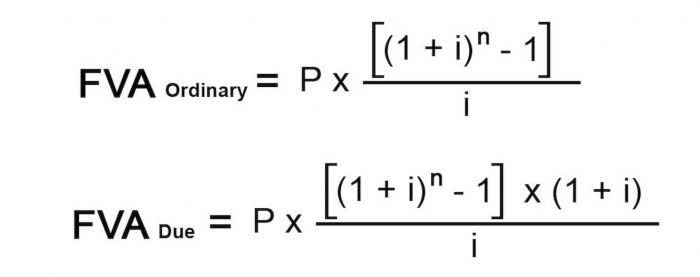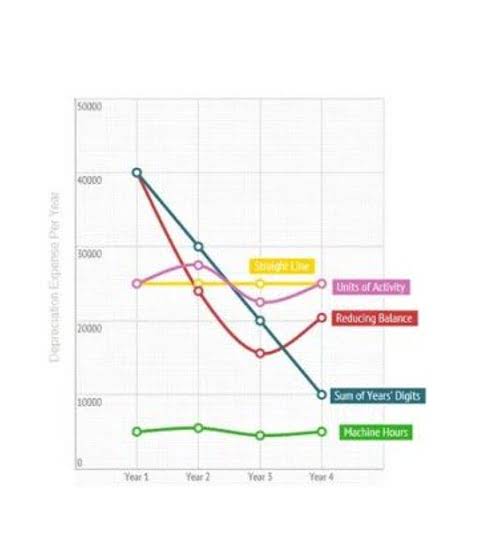FIFO vs LIFO Differences Examples & Formula

FIFO is required under the International Financial Reporting Standards and it’s also standard in many other jurisdictions. In a period of inflation, the cost of ending inventory decreases under the FIFO method. In the FIFO Method, the value of ending inventory is based on the cost of the most recent purchases. Therefore, the value of ending inventory is $92 (23 units x $4), which is the same amount we calculated using the perpetual method.
How do FIFO and LIFO affect more straightforward accounting operations?

Theoretically, the cost of inventory sold could be determined in two ways. One is the standard way in which purchases during the period are adjusted for movements in inventory. The second way could be to adjust purchases and sales of inventory in the inventory ledger itself. The problem with this method is the need to measure value of sales every time a sale takes place (e.g. using FIFO, LIFO or AVCO methods).
What Is the FIFO Method?

To calculate the Cost of Goods Sold (COGS) using the LIFO method, determine the cost of your most recent inventory. Use the following information to calculate the value of inventory on hand on Mar 31 and cost of goods sold during March in FIFO periodic inventory system and under FIFO perpetual inventory system. For example, say a business bought 100 units of inventory for $5 apiece, and later on bought 70 more units at $12 apiece. Using the FIFO method, the cost of goods sold (COGS) of the oldest inventory is used to determine the value of ending inventory, despite any recent changes in costs.
Get in Touch With a Financial Advisor
Learn more about what types of businesses use FIFO, real-life examples of FIFO, and the relevance of FIFO with frequently asked questions about the FIFO method. Going by the FIFO method, Sal needs to go by the older costs (of acquiring his inventory) first. Let’s say on January 1st of the new year, Lee wants to calculate the cost of goods sold in the previous year. See articles customized for your product and join our large community of QuickBooks users. Amanda Bellucco-Chatham is an editor, writer, and fact-checker with years of experience researching personal finance topics. Specialties include general financial planning, career development, lending, retirement, tax preparation, and credit.

Track and manage time
However, if you only had 10 units of your oldest inventory in stock, you would multiply 10 units sold by the oldest inventory price, and the remaining 5 units by the price of the next oldest inventory. Using the FIFO inventory method, this would give you your Cost of Goods Sold for those 15 units. To calculate FIFO, multiply the amount of units sold by https://www.bookstime.com/ the cost of your oldest inventory. If the number of units sold exceeds the number of oldest inventory items, move on to the next oldest inventory and multiply the excess amount by that cost.
- The FIFO method provides the same results under either the periodic or perpetual inventory system.
- It’s also the most accurate method of aligning the expected cost flow with the actual flow of goods.
- On 3 January, Bill purchased 30 toasters, which cost him $4 per unit and sold 3 more units.
- Please do not copy, reproduce, modify, distribute or disburse without express consent from Sage.These articles and related content is provided as a general guidance for informational purposes only.
- If you operate a retailer, manufacturer, or wholesale business, inventory may require a large investment, and you need to track the inventory balance carefully.
- FIFO is calculated by adding the cost of the earliest inventory items sold.
Charlene Rhinehart is a CPA , CFE, chair of an Illinois CPA Society committee, and has a degree in accounting and finance from DePaul University. Ecommerce merchants can now leverage ShipBob’s WMS (the same one that powers ShipBob’s global fulfillment network) to streamline in-house inventory management and fulfillment. Following the FIFO logic, ShipBob is able to identify shelves that contain items with an expiration date first and always ship the nearest expiring lot date first. how to do fifo in accounting ShipBob’s ecommerce fulfillment solutions are designed to make inventory management easier for fast-growing DTC and B2B brands.


FIFO and LIFO also have different impacts on inventory value and financial statements. Under FIFO, older (and therefore usually cheaper) goods are sold first, leading to a lower average cost of goods sold. The type of inventory that a business holds can influence its choice of https://x.com/BooksTimeInc FIFO or LIFO. For example, businesses with a beginning inventory of perishable goods will usually choose FIFO, since it’s in their best interest to sell older products before they expire.
